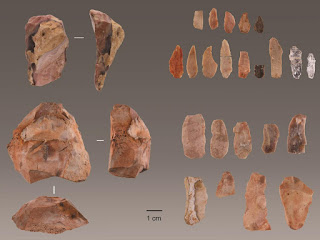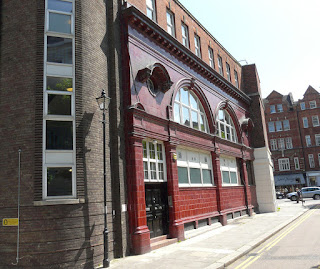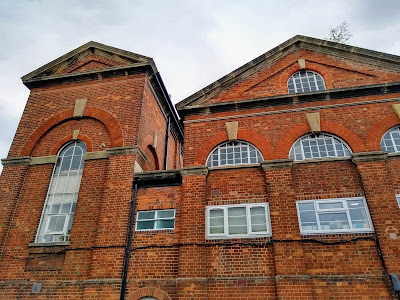Why we should care about giant space rocks
This fascinating article describes the effects of a Tunguska-sized airburst over the ancient city of Tall el-Hammam. It was originally published in The Conversation... A giant space rock demolished an ancient Middle Eastern city and everyone in it – possibly inspiring the Biblical story of Sodom Artist’s evidence-based depiction of the blast, which had the power of 1,000 Hiroshimas. Allen West and Jennifer Rice , CC BY-ND Christopher R. Moore , University of South Carolina As the inhabitants of an ancient Middle Eastern city now called Tall el-Hammam went about their daily business one day about 3,600 years ago, they had no idea an unseen icy space rock was speeding toward them at about 38,000 mph (61,000 kph). Flashing through the atmosphere, the rock exploded in a massive fireball about 2.5 miles (4 kilometers) above the ground. The blast was around 1,000 times more powerful than the Hiroshima atomic bomb. The shocked city dwellers wh


